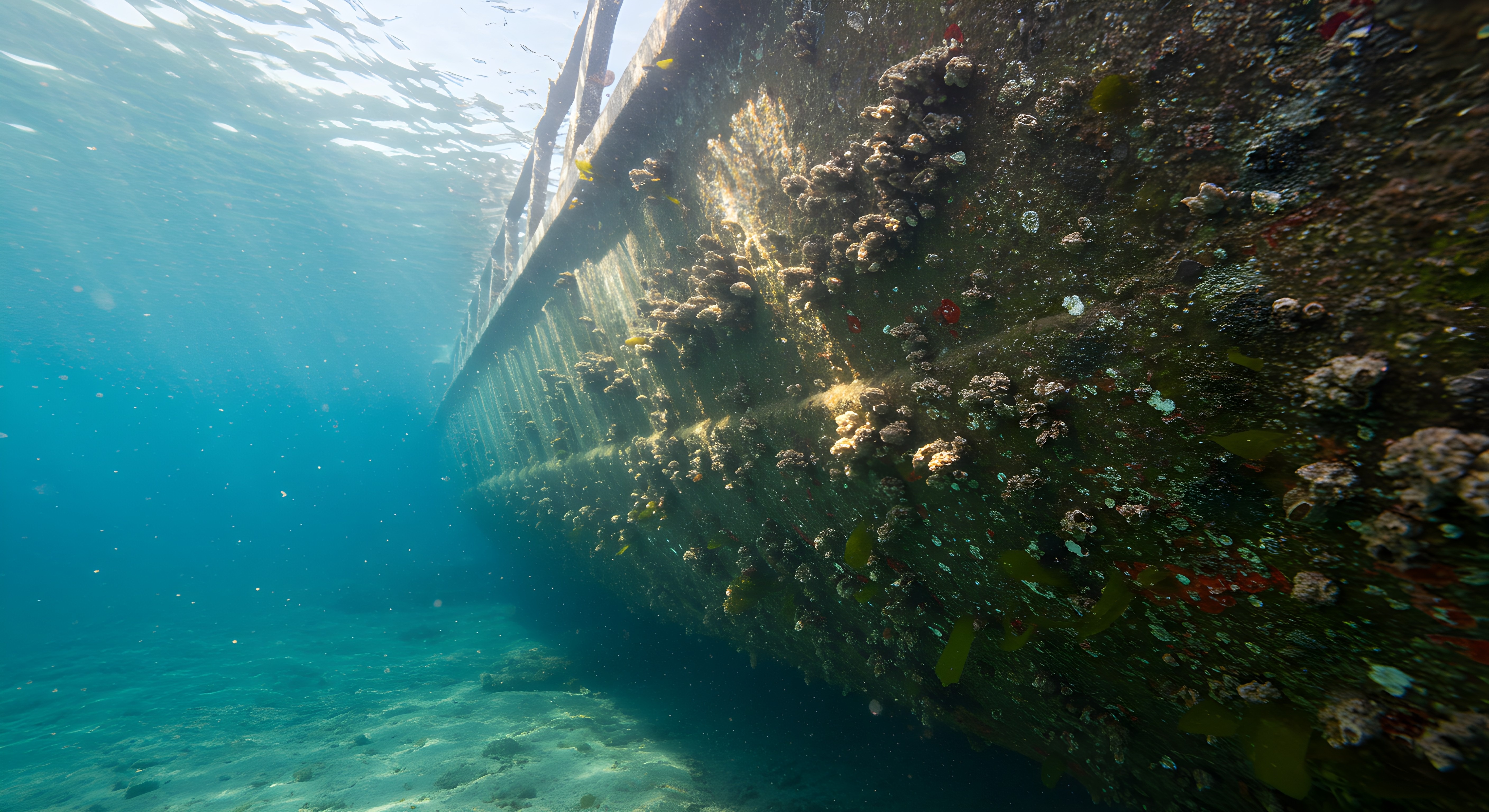
Overview of 905(b) claims
Like artillery positioned to strike ships, 905(b) claims brought by workers from the waterfront have the potential to cause serious damage to vessel owners. However, 905(b) claimants are faced with hitting a relatively narrow target, as will be discussed below. Over the past year, 905(b) claims were reviewed by appellate courts several times. Those decisions helped bring into focus some key issues related to shore-side workers’ claims against vessels. In short, the cases highlighted the scope and limitations of 905(b) claims. But before discussing the cases, it would be helpful to review the general concepts of the 905(b) claim.
905(b) refer to the Longshore and Harbor Workers’ Compensation Act (LHWCA) 33 U.S.C § 905(b) which allows an injured maritime worker who is covered under the Act to bring a third party tort lawsuit against a vessel owner for the vessel’s negligence.1 That said, one cannot discuss 905(b) claims without understanding Scindia duties, based on the U.S. Supreme Court’s decision in Scindia Steam Navigation Co. v. De Los Santos, 451 U.S. 156 (1981). There the Court crafted three distinct duties owed by a vessel owner in 905(b) claims.
There is the turnover duty whereby a vessel owner “owes a duty to exercise ordinary care under the circumstances to turn over the ship and its equipment in such condition that an expert stevedore can carry on stevedoring operations with reasonable safety.” The vessel owner must also warn of latent or hidden dangers known to the vessel owner. Then there is the active control duty, whereby the vessel owner must exercise reasonable care in the areas of the ship under the active control of the vessel. Lastly, there is the duty to intervene, which is said to concern “the vessel owner’s obligation with regard to cargo operations in areas under the principal control of the stevedore.”2
This remedy is not only available to longshoremen. In order to proceed on a 905(b) claim, a worker generally must satisfy both a “situs” requirement and a “status” requirement. The “situs” test requires that the worker’s injury occur “upon the navigable waters of the United States.” To satisfy the “status” requirement, the worker “must be ‘engaged in maritime employment’ within the meaning of § 902(3) of the Act.” The Longshore Act defines a covered employee as “any person engaged in maritime employment, including . . . any harbor-worker including a ship repairman, shipbuilder, and shipbreaker.”3
Courts Over the Last Year Opined on the Scope and Limits of 905(b) Claims
With that very brief overview of 905(b) claims,4 we now turn to the recent decisions interpreting this claims.
Going in chronological order, the first case to consider 905(b) issues was Rivera v. Kirby Offshore Marine, L.L.C.5The matter involved a harbor pilot injured onboard a third-party vessel. As he boarded said vessel, he stepped on an unmarked hatch cover, and sustained injuries to his ankle and left foot. Thereafter he was deemed medically unfit to continue working as a pilot. His commission was revoked and he lost his pilot’s association membership.
The lower court concluded that the vessel breached its duty to maintain a seaworthy vessel6 and that, alternatively, the vessel owners were negligent under 905(b). On appeal, the vessel owners argued that the pilot should be covered under the LHWCA, presumably so that they could take advantage of the narrow Scindia duties. However, the Fifth Circuit disagreed and concluded that the pilot needed to be an employee of someone in order to be covered under the LHWCA, but there was no evidence that the pilot was an employee of anyone. Further, the Fifth Circuit opined that harbor pilots are akin to independent contractors, which supported the position that the pilot was not covered under LHWCA (though independent contractors have been found to be covered under LHWCA in other cases.)
Ultimately, when a harbor worker is not covered by the LHWCA and is not a Jones Act seaman, he may proceed with his Sieracki seaman claim for unseaworthiness against the vessel, and the vessel is not afforded the narrow Scindia duties.
The second case is Patil v. Amber Lagoon Shipping GMBH.7 In this case, plaintiff was an experienced surveyor. He was hired to perform ultrasonic testing of the hatch covers situated atop the holds of defendant-owner’s vessel, the MV AMBER LAGOON. Plaintiff was accompanied by a second officer throughout the testing. As plaintiff was leaving the job he fell six feet to the main deck from the top of the one of the holds he was testing. Plaintiff alleged that he fell due to a “foreign substance” on or near the hatch covers.
Plaintiff filed a 905(b) claim against the vessel owner. The parties agreed that he was covered under the LHWCA. The lower court granted summary judgment finding that plaintiff had failed to show that the vessel breached any Scindia duties. The Fifth Circuit affirmed. The vessel was turned over in a reasonably safe condition based on testimony that crew examined and cleaned the inspection area beforehand, and the vessel was unaware of any latent or hidden slip hazards. Also, plaintiff was an experienced surveyor who should have reasonably anticipated potential slip hazards. Plaintiff’s active duty argument also failed because an independent stevedoring company controlled the relevant cargo operations, which plaintiff said obstructed a safe route for him, not the crew. Moreover, plaintiff maintained full autonomy in his work. The duty to intervene was not appealed.
The Patil decision illustrated the scope of LHWCA coverage and how 905(b) works to narrow a vessel owner’s duties. It also serves as a useful guide for reducing exposure to claims brought by harbor workers.
The last case involving 905(b) that we wanted to discuss is In re M/V HONEY.8 Here, a diver was killed when a crewmember activated a bow thruster of a 164 foot yacht. The vessel owners asserted that the diver was covered under LHWCA, and therefore the vessel’s duties were controlled by Scindia. The lower court agreed and found that the vessel owner owed no duty to the diver because “[n]ot only did the diver fail to notify anyone on the vessel of his presence or work operations, he submerged himself under the water—he became invisible to the crew.”
On appeal before the Eleventh Circuit, plaintiffs argued that the decedent-diver was not covered under the LHWCA because there is an exception for workers engaged in repairing a recreational vessel pursuant to section 902(3)(f). Plaintiffs were attempting to have the general maritime law of reasonable care apply instead of the Scindia duties. In its defense, the vessel owners maintained that the aforementioned exception was only applicable if the worker was covered under a state’s workers’ compensation law. The Eleventh Circuit affirmed the lower court decision noting that there was no evidence that the claimant was covered by state workers’ compensation law.
Each of foregoing decisions illustrate the scope of the applicability of the 905(b) claim i.e. who is covered under LHWCA, and the impact of that determination on a case. These cases showed that when 905(b) applied, the duties were narrowed and the results were favorable to the vessel owner. When 905(b) did not apply, the result favored plaintiff. As such, it is important for vessel owners to understand the nature of a 905(b) claim when a harbor worker, as defined by the LHWCA, is injured onboard their vessel.
Members receive notice of many claims that could fairly be categorized as a 905(b) claims. However, it seems that only a small percentage of those claims ultimately materialize into lawsuits, perhaps, owing to the difficulty that potential claimants face with succeeding in establishing one of the Scindia duties. That said, 905(b) claims can and do occur. In fact, claimants can file their claims two years and 364 days from the date of incident (long after evidence and witnesses have set sail). So vessel owners must be mindful of the risks when harbor workers board their vessel in the US and prepare accordingly, including conducting prompt correspondent investigations to protect Members if an incident has occurred. And if a 905(b) claim does arise, vessel owner and their counsel must be aware of the defenses available when the cannons fire from shore.
----------------
133 U.S.C. § 905(b) states:
“In the event of injury to a person covered under this chapter caused by the negligence of a vessel, then such person, or anyone otherwise entitled to recover damages by reason thereof, may bring an action against such vessel as a third party in accordance with the provisions of section 933 of this title, and the employer shall not be liable to the vessel for such damages directly or indirectly and any agreements or warranties to the contrary shall be void. If such person was employed by the vessel to provide stevedoring services, no such action shall be permitted if the injury was caused by the negligence of persons engaged in providing stevedoring services to the vessel. If such person was employed to provide shipbuilding, repairing, or breaking services and such person’s employer was the owner, owner pro hac vice, agent, operator, or charterer of the vessel, no such action shall be permitted, in whole or in part or directly or indirectly, against the injured person’s employer (in any capacity, including as the vessel’s owner, owner pro hac vice, agent, operator, or charterer) or against the employees of the employer. The liability of the vessel under this subsection shall not be based upon the warranty of seaworthiness or a breach thereof at the time the injury occurred. The remedy provided in this subsection shall be exclusive of all other remedies against the vessel except remedies available under this chapter”
2Scindia; Howlett v. Birkdale Shipping Co., 512 U.S. 92 (1994)
3Dir., OWCP v. Perini N. River Assocs., 459 U.S. 297, 299 (1983); 33 U.S.C. § 902(3).
4See the UK Club’s Bodily Injury News from the Winter 2015/16 for further discussions on 905(b) claims
52020 U.S. App. LEXIS 40163 (5th Cir. Dec. 22, 2020).
6Seas Shipping Co., Inc. v. Sieracki, 328 U.S. 85 (1946)
7No. 21-30004, 2021 U.S. App. LEXIS 26221 (5th Cir. Aug. 31, 2021) (unpub.)
8No. 20-11204, 2021 U.S. App. LEXIS 32400 (11th Cir. Oct. 29, 2021) (unpublished)




